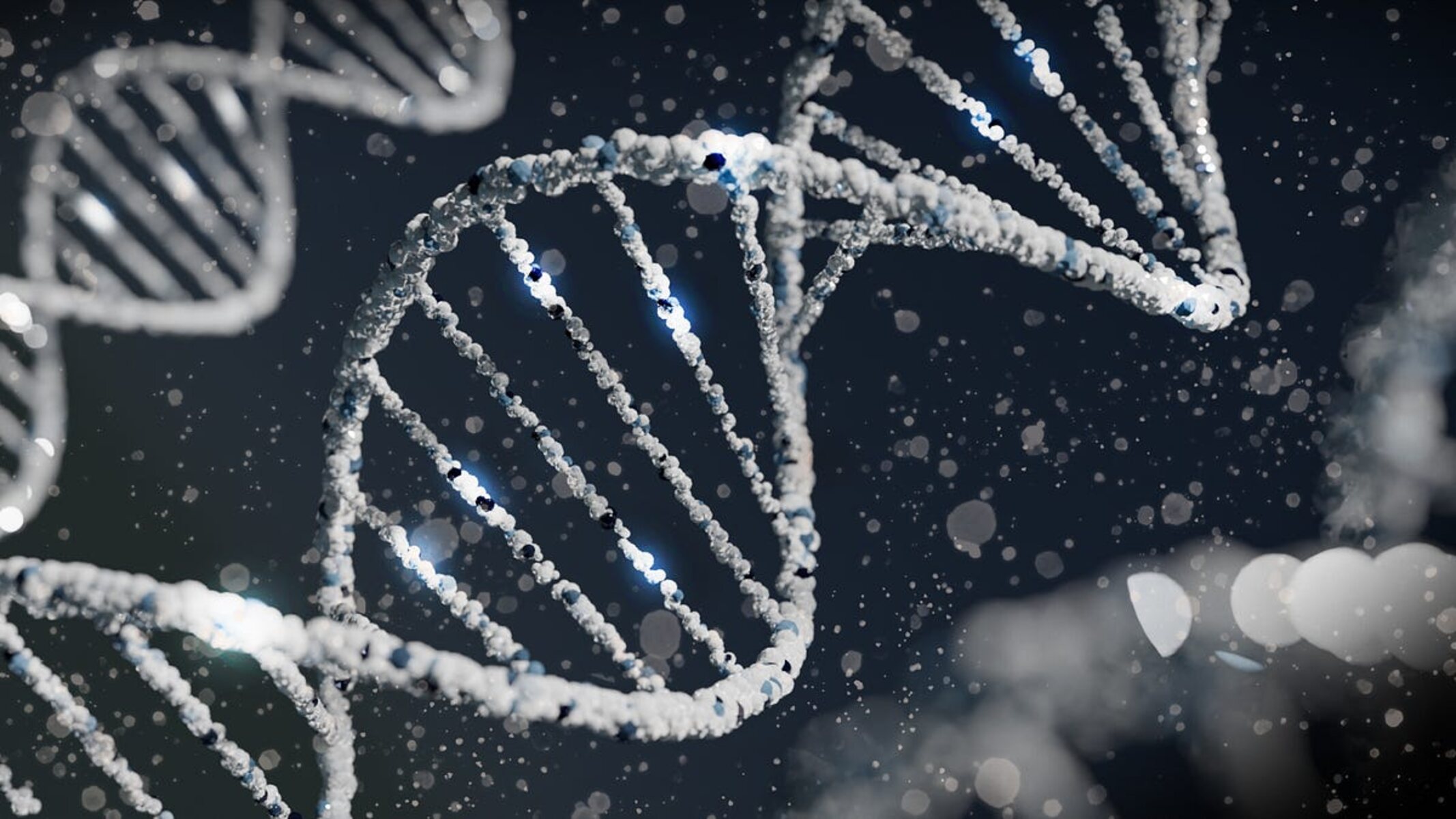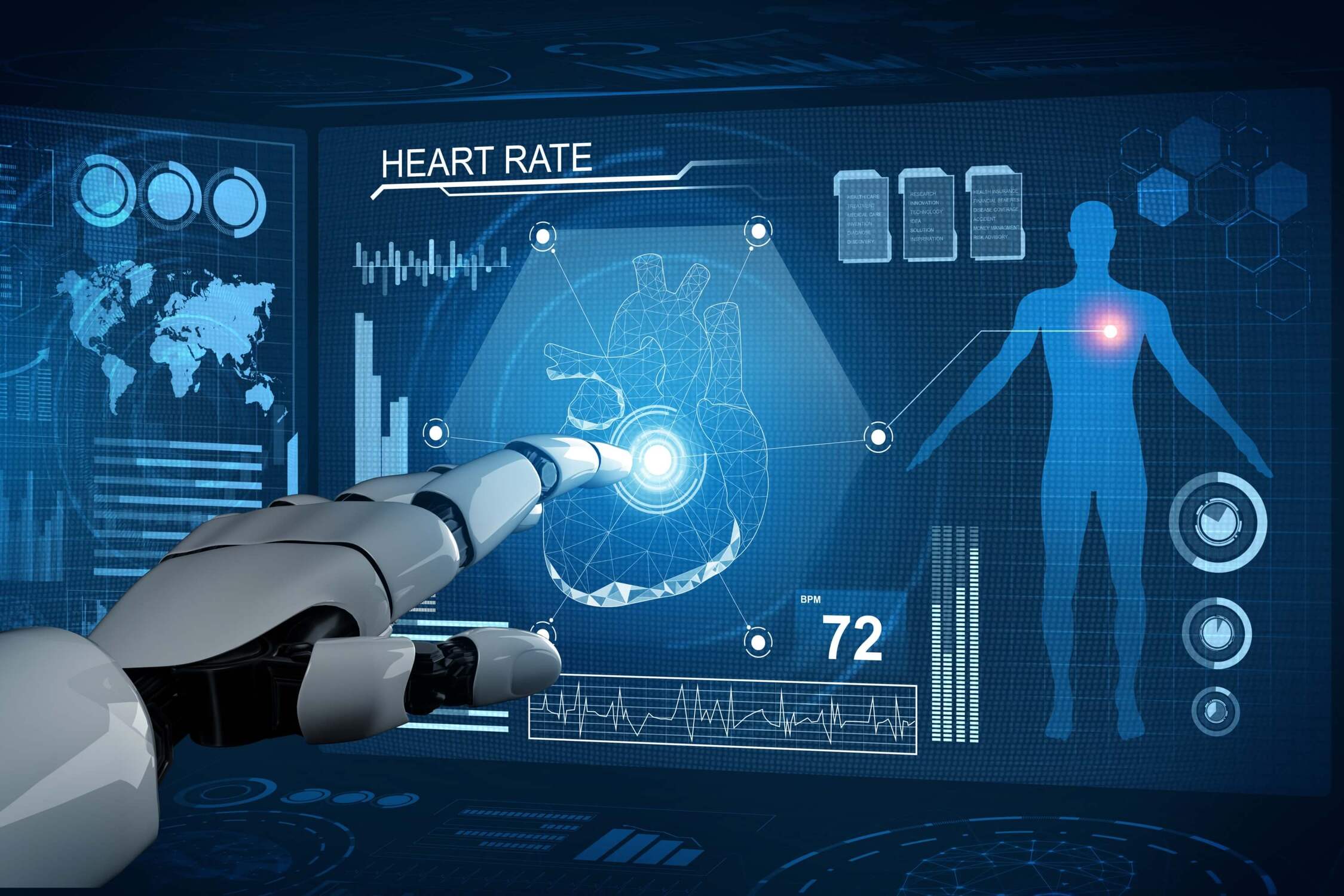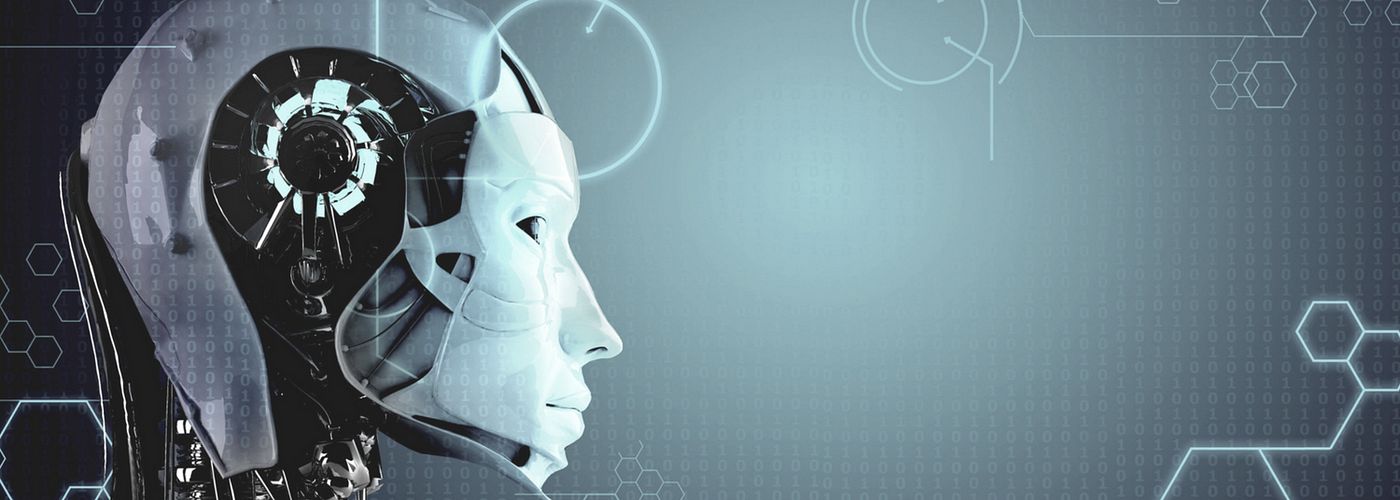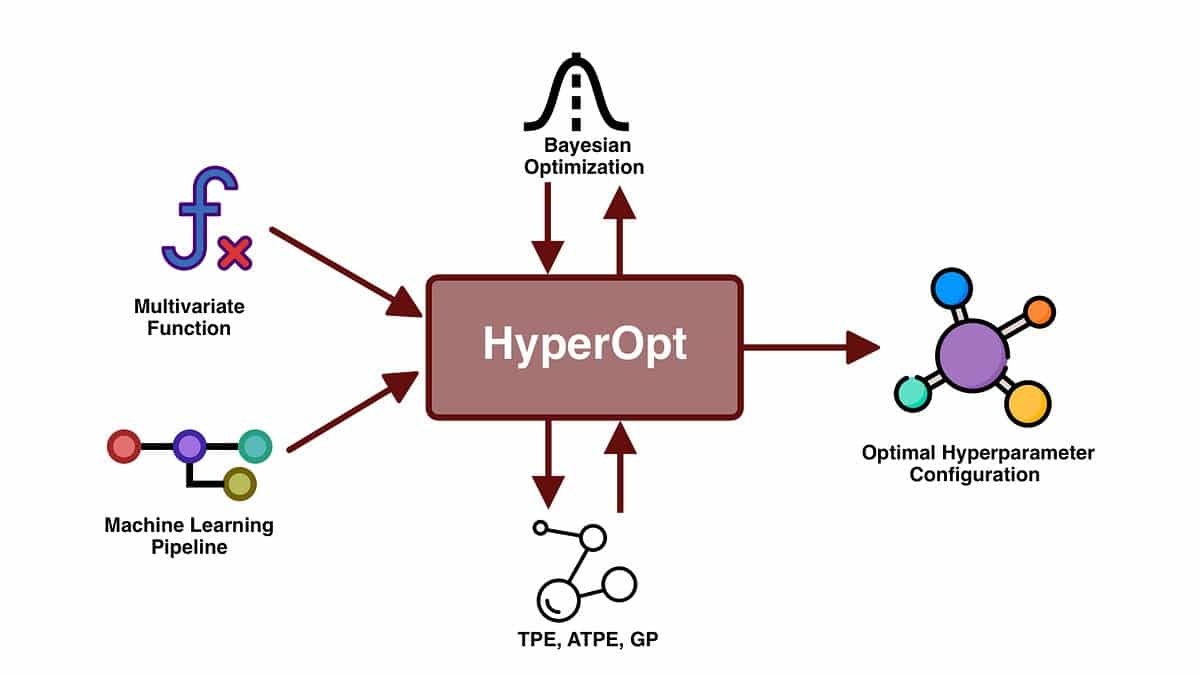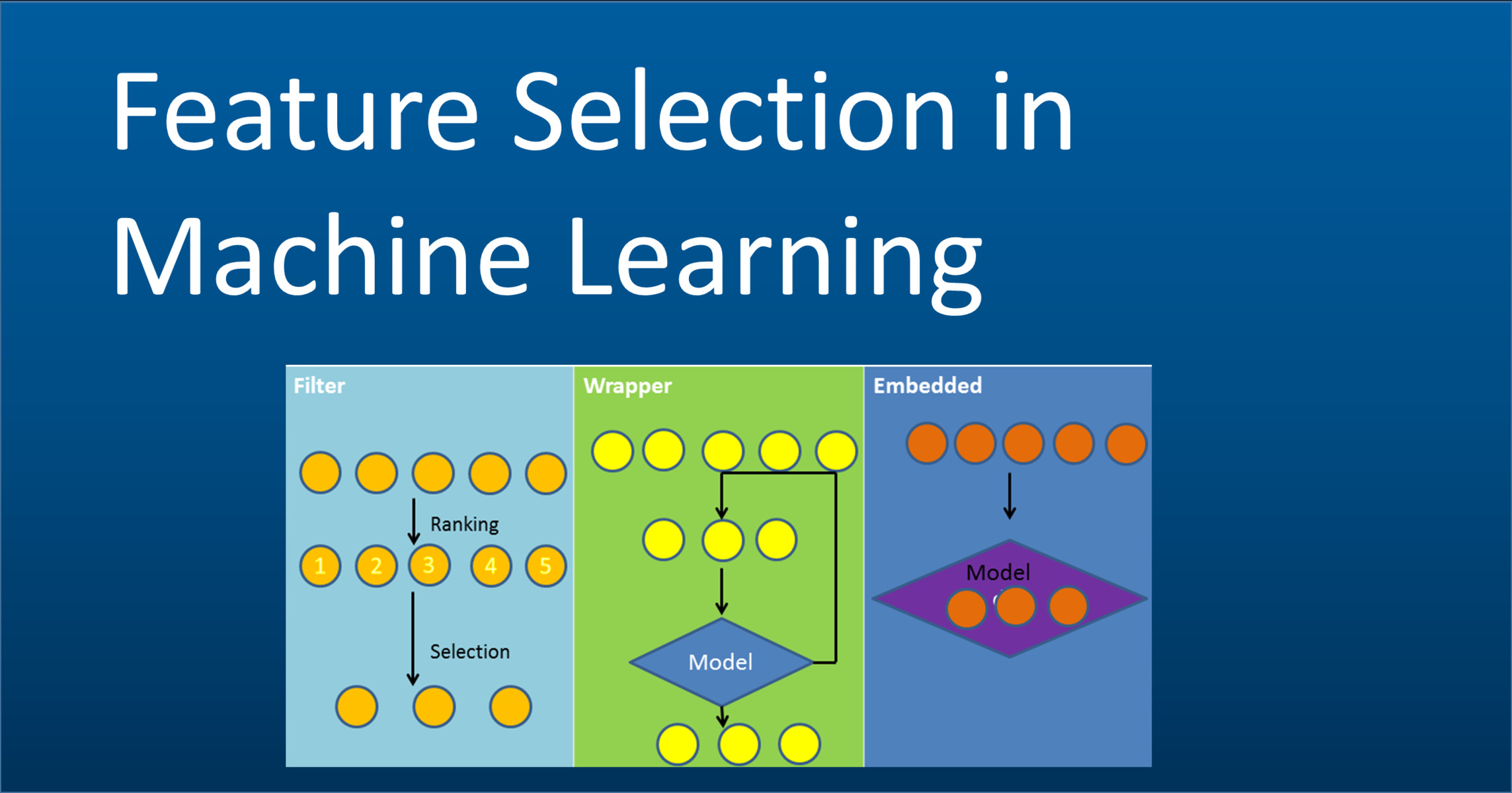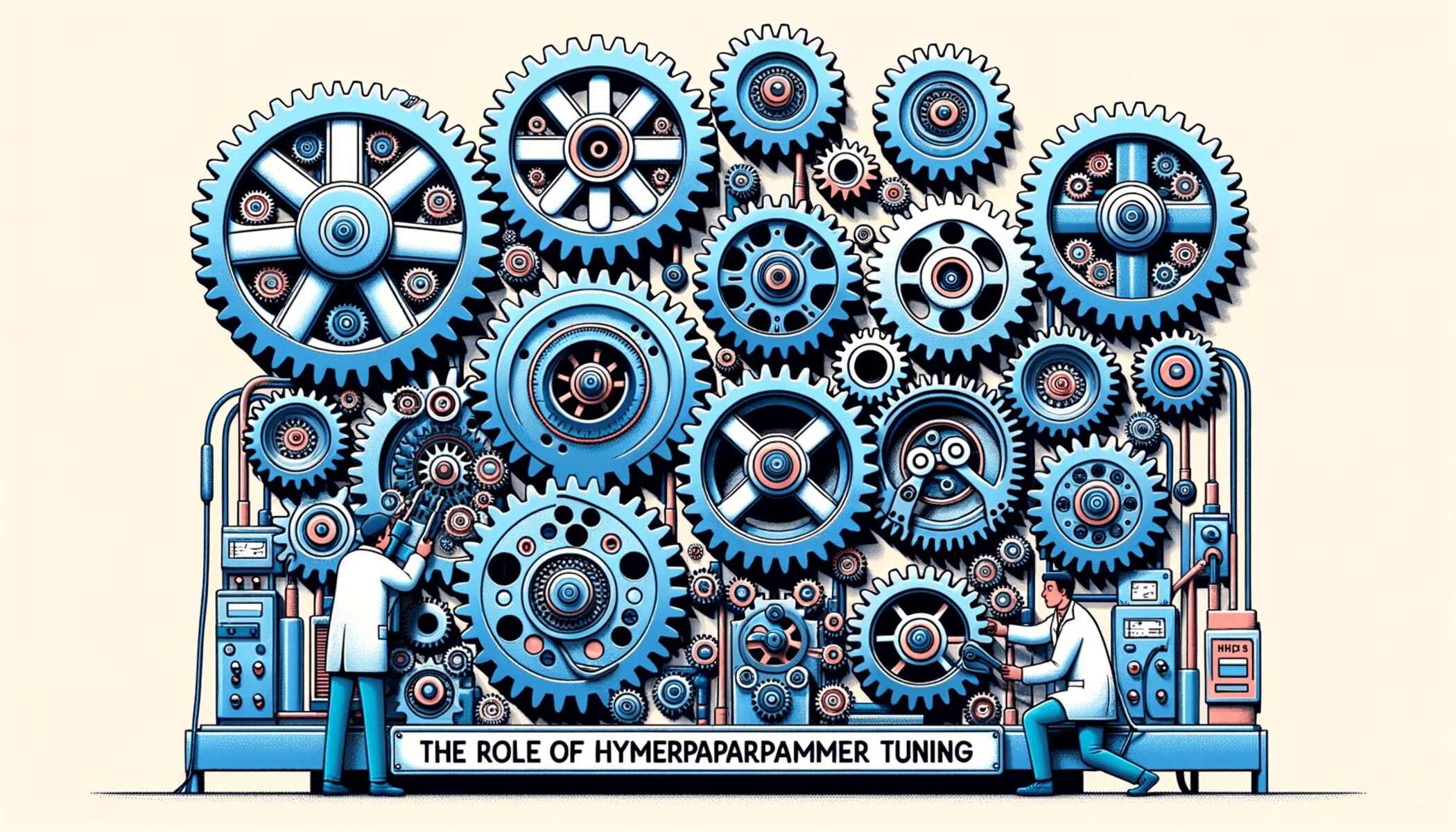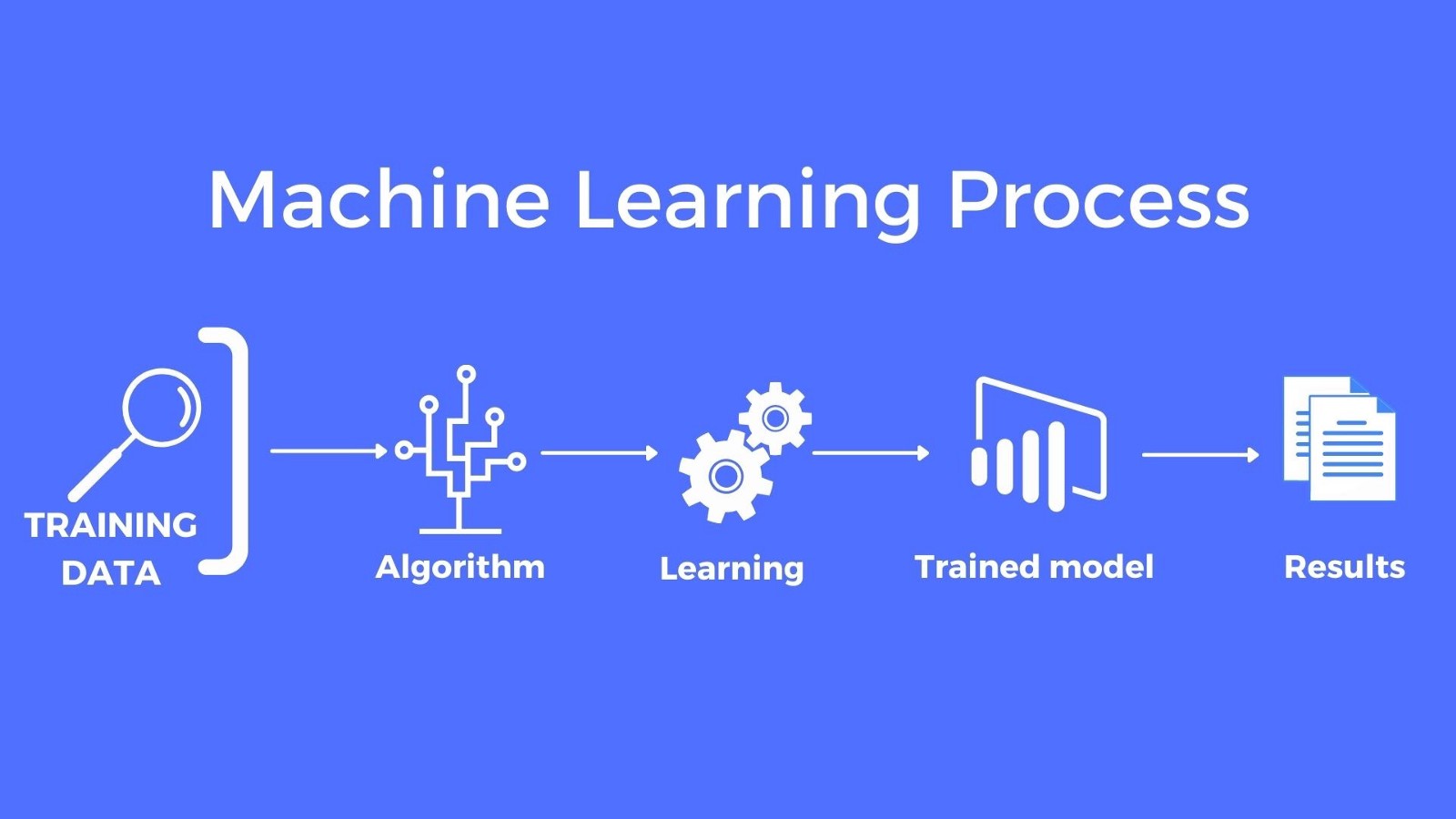Introduction
Machine Learning has revolutionized various industries, from healthcare to finance, by enabling computers to learn from data and make intelligent decisions. Within the realm of Machine Learning, there are various algorithms that assist in solving complex problems. One such algorithm is the Genetic Algorithm, which draws inspiration from the process of natural selection to optimize solutions.
The Genetic Algorithm is a heuristic search technique that mimics the process of evolution. It is based on the principles of Charles Darwin’s theory of natural selection and the idea that the fittest individuals are more likely to survive and reproduce. This algorithm has found applications in diverse fields such as optimization, data mining, robotics, and many others.
The objective of the Genetic Algorithm is to find the optimal or near-optimal solution from a large search space. It achieves this through the use of evolutionary operators such as selection, crossover, and mutation. These operators mimic natural processes such as survival of the fittest, reproduction, and genetic variation respectively.
Genetic Algorithms are particularly useful when the search space is large and complex, and an exhaustive search is not feasible. They offer a practical and efficient approach to solving optimization problems, and they have been successful in finding solutions to problems with multiple objectives and constraints.
In this article, we will explore the workings of the Genetic Algorithm in more detail. We will discuss the steps involved in applying this algorithm and dive into its advantages, disadvantages, and various applications in the field of Machine Learning. By the end, you will have a solid understanding of how the Genetic Algorithm works and its significance in solving complex problems.
What is Machine Learning?
Machine Learning is a subset of Artificial Intelligence that enables computers to learn and make predictions or decisions without being explicitly programmed. It is the scientific study of algorithms and statistical models that allow machines to improve their performance on a given task through experience and data analysis.
The core principle of Machine Learning is to develop computer algorithms that can automatically recognize patterns, extract insights, and make predictions or decisions based on the available data. It has proven to be a powerful tool in various domains, including image and speech recognition, natural language processing, fraud detection, recommender systems, and many others.
Machine Learning algorithms can be broadly categorized into three types:
- Supervised Learning: In this type of learning, the algorithm is trained on labeled data, where the input-output relationships are known. The goal is to learn a mapping function from the input variables to the output variables.
- Unsupervised Learning: Unlike supervised learning, unsupervised learning algorithms do not have labeled data. They aim to discover the underlying patterns or structures in the dataset without any specific guidance.
- Reinforcement Learning: Reinforcement Learning involves an agent learning to interact with an environment and make decisions based on feedback in the form of rewards or penalties. The goal is to maximize the cumulative reward over time.
Machine Learning algorithms rely heavily on statistical analysis and optimization techniques to extract meaningful insights from data. They utilize various mathematical models and algorithms, including decision trees, support vector machines, neural networks, and many others, to solve complex problems and make accurate predictions.
The field of Machine Learning continues to grow rapidly, fueled by advancements in computing power and the availability of vast amounts of data. It has the potential to revolutionize industries by uncovering hidden patterns, automating tasks, and enabling informed decision-making. As we dive deeper into the world of Machine Learning, we will explore one particular algorithm known as the Genetic Algorithm.
What is Genetic Algorithm?
Genetic Algorithm (GA) is a search-based optimization algorithm inspired by the process of natural selection and genetics. It is a heuristic approach that mimics the evolutionary process to find optimal or near-optimal solutions to complex problems.
Genetic Algorithms are particularly useful when traditional optimization methods are impractical or inefficient due to the large search space or complex constraints. They have been widely applied in various domains, including engineering, finance, data mining, and machine learning.
At its core, a Genetic Algorithm operates on a population of candidate solutions, each represented as a set of parameters or variables. The algorithm starts with an initial population and progressively evolves it over multiple iterations or generations to improve the quality of the solutions.
The key building blocks of a Genetic Algorithm are:
- Selection: This step involves selecting individuals from the population based on their fitness or suitability for the problem at hand. The fitter individuals have a higher chance of being selected for the next generation.
- Crossover: In this step, pairs of selected individuals exchange genetic information by swapping or combining their parameters. This mimics the process of reproduction and introduces diversity in the population.
- Mutation: Mutation introduces random changes or modifications to the genetic material of selected individuals. It helps explore new regions of the search space and prevents the algorithm from getting stuck in local optima.
- Replacement: This step involves replacing a portion of the old population with the offspring generated through crossover and mutation. The selection process ensures that the fitter individuals have a higher chance of being selected for the next generation.
The process of selection, crossover, and mutation is repeated for multiple generations until a termination criterion is met. The termination criterion can be a specific number of generations, a predefined fitness threshold, or other parameters defined by the problem requirements.
Genetic Algorithms excel at solving optimization problems with multiple objectives and constraints. They offer a practical and efficient approach to finding near-optimal solutions in complex domains where traditional methods may fail.
In the next section, we will delve deeper into the mechanics of the Genetic Algorithm and explore the steps involved in its execution.
How does Genetic Algorithm work?
The Genetic Algorithm (GA) operates based on the principles of natural selection and genetics, aiming to find optimal or near-optimal solutions to complex optimization problems. It follows a step-by-step process that iteratively refines a population of candidate solutions over multiple generations.
The working of a Genetic Algorithm can be summarized as follows:
- Initialization: The algorithm begins by randomly generating an initial population of potential solutions. Each solution is represented as a set of parameters or variables, often referred to as chromosomes or individuals.
- Evaluation: Each individual’s fitness or suitability is evaluated by measuring how well it solves the problem. The fitness function assesses the quality of the solution, considering the objectives and constraints of the problem. The higher the fitness value, the better the solution.
- Selection: Individuals from the current population are selected to be parents for the next generation based on their fitness. Higher fitness individuals have a higher chance of being selected, although the selection process may incorporate randomness to maintain diversity.
- Crossover: In this step, pairs of selected individuals exchange genetic information. This is done by combining or swapping portions of their chromosomes. The purpose is to create offspring that inherit desirable traits from their parents.
- Mutation: Mutation introduces small random changes in the genetic material of selected individuals. This helps to explore new regions of the search space and prevents the algorithm from converging prematurely. The likelihood of mutation is usually low to ensure that the best solutions are not disrupted.
- Replacement: The offspring generated through crossover and mutation replace a portion of the old population. This allows potentially better solutions to enter the next generation, promoting the evolution of the population towards improved fitness.
- Termination: The algorithm iterates through the previous steps for a specific number of generations or until a termination criterion is met. The termination criterion can be a predefined fitness threshold, the number of generations, or the lack of improvement in the population over successive iterations.
Based on this iterative process of selection, crossover, mutation, and replacement, Genetic Algorithms explore the search space to find solutions that strike a balance between exploration (diversity) and exploitation (optimization). The algorithm progressively improves the population’s fitness, converging towards better solutions over time.
Genetic Algorithms offer a flexible and robust optimization approach, capable of handling complex problems with multiple objectives and constraints. They are particularly well-suited for problems where traditional optimization methods may struggle to find satisfactory solutions.
Now that we understand the mechanics of a Genetic Algorithm, let’s explore the individual steps in more detail in the next section.
Steps of Genetic Algorithm
The process of a Genetic Algorithm (GA) involves several key steps that are iteratively performed to evolve a population of candidate solutions over multiple generations. Each step plays a crucial role in guiding the algorithm toward finding optimal or near-optimal solutions to complex optimization problems. Let’s dive into the individual steps of a Genetic Algorithm.
- Initialization: The GA begins by randomly generating an initial population of potential solutions. The population is usually a set of individuals, with each individual representing a potential solution to the problem at hand. The initial population can be generated using various methods, such as random initialization or expert knowledge.
- Evaluation: Once the initial population is generated, each individual’s fitness is evaluated. The fitness function assesses how well each individual solves the problem by quantitatively measuring its quality. The fitness value can be based on objective criteria, such as the accuracy of a classification model or the cost of a production process.
- Selection: In the selection step, individuals are chosen from the current population to serve as parents for the next generation. The selection process is typically based on their fitness values, with fitter individuals having a higher chance of being selected. Different selection techniques, such as roulette wheel selection or tournament selection, can be employed to ensure diversity and preserve good solutions.
- Crossover: Crossover involves combining genetic information from the selected parents to create offspring or children. The idea here is to simulate the process of reproduction and mimic genetic recombination. Crossover points or methods are used to exchange genetic material between parents, generating new solutions with a combination of their characteristics.
- Mutation: Mutation enables small random changes in the genetic material of selected individuals. It introduces exploration into the algorithm by generating new traits or variations that may not exist in the current population. Mutation helps to maintain diversity within the population and prevents the algorithm from converging too quickly to suboptimal solutions.
- Replacement: Once the offspring have been created through crossover and mutation, they replace a portion of the old population. The replacement step ensures that potentially better solutions are introduced to the next generation, promoting evolutionary progress. Different replacement strategies, such as elitism or generational replacement, can be employed based on the problem requirements.
- Termination: The GA iterates through the above steps for a specific number of generations or until a termination criterion is met. The termination criterion can be a predefined number of iterations, the attainment of a desired fitness level, or the lack of improvement in the population over successive generations.
By repeating these steps over multiple generations, Genetic Algorithms explore the search space and gradually converge towards optimal or near-optimal solutions. The balance between exploration and exploitation achieved through selection, crossover, and mutation allows the algorithm to discover and refine solutions that address the problem objectives and constraints.
The specific implementation of each step may differ based on the problem domain and the objectives of the GA. Parameter tuning, selection mechanisms, and other algorithmic variations can be applied to optimize the performance and effectiveness of the Genetic Algorithm.
Now that we have discussed the individual steps of a Genetic Algorithm, let’s explore the advantages and disadvantages of using this algorithm in the next section.
Advantages of Genetic Algorithm
Genetic Algorithms (GAs) offer several advantages that have contributed to their popularity and success in solving complex optimization problems. Let’s explore some of the key advantages of using a Genetic Algorithm:
- Global Optimization: Genetic Algorithms are capable of finding global optima or near-optimal solutions. They explore the entire search space, not limited by local optima or initial conditions. This makes them suitable for problems with multiple peaks or complex landscapes.
- Flexibility and Adaptability: GAs can handle a wide range of problem types, including continuous, discrete, and mixed variables. They are adaptable to various problem domains and can be customized to incorporate specific constraints and objectives.
- Parallelizable: Genetic Algorithms can be parallelized, allowing for faster execution and scalability. Different individuals within a population can be evaluated simultaneously, and multiple offspring can be generated in parallel. This makes GAs suitable for large-scale optimization problems.
- Robustness: Genetic Algorithms are robust in handling noisy or imperfect data. They can tolerate noisy fitness evaluations and handle uncertainties in the problem environment. The combination of selection, crossover, and mutation helps the algorithm explore and adapt to the variations in the search space.
- Offer Multiple Solutions: GAs can provide multiple optimal or near-optimal solutions, not just a single solution. This is particularly useful in multi-objective optimization problems where there are trade-offs between different objectives.
- Domain Independence: Genetic Algorithms are domain-independent, meaning they can be applied to a wide range of problem domains without requiring specific problem-specific knowledge. They primarily rely on the fitness function and genetic operators, making them adaptable to different domains.
These advantages make Genetic Algorithms a powerful tool for solving complex optimization problems. They have been successfully applied in various industries, including engineering design, finance, scheduling, data mining, and machine learning.
However, like any other algorithm, Genetic Algorithms also have certain limitations and challenges, which we will discuss in the next section.
Disadvantages of Genetic Algorithm
While Genetic Algorithms (GAs) have numerous advantages, they also come with some disadvantages and limitations that need to be considered when applying them to problem-solving scenarios. Let’s take a closer look at some of the key disadvantages of using a Genetic Algorithm:
- Computational Complexity: Genetic Algorithms can be computationally expensive, especially for large-scale optimization problems or problems with a complex fitness function. The evaluation of fitness for each candidate solution can be time-consuming, resulting in longer execution times.
- Tunable Parameters: GAs require careful tuning of various parameters, such as population size, crossover rate, mutation rate, and selection mechanisms. The choice of these parameters can significantly impact the performance of the algorithm and may require extensive experimentation to achieve optimal results.
- Premature Convergence: Genetic Algorithms may prematurely converge to suboptimal solutions if the population does not have enough diversity or exploration. This issue can occur if the mutation rate is too low, the population size is too small, or the selection pressure is too high.
- Representation Limitation: The effectiveness of a Genetic Algorithm is highly dependent on the choice of the solution representation. In some cases, finding an appropriate representation that can express all the necessary information of the problem can be challenging. The representation should capture the essential characteristics of the problem and enable efficient crossover and mutation operations.
- Difficulties with Constraints: Genetic Algorithms may struggle in handling complex constraints. Ensuring that the generated solutions satisfy all the constraints can be challenging. Additional techniques, such as penalty functions or constraint-handling mechanisms, may need to be incorporated to address this issue.
- Insensitive to Problem Structure: Genetic Algorithms can be relatively insensitive to the problem structure, meaning that they do not exploit the problem-specific knowledge that could lead to more efficient solutions. Domains with specific characteristics or prior knowledge may benefit more from problem-specific algorithms.
It is important to carefully consider these disadvantages when deciding whether to utilize a Genetic Algorithm for a particular problem. Addressing the limitations often involves parameter tuning, customization, and integration with complementary optimization techniques.
Despite the drawbacks, Genetic Algorithms have been successfully applied in various real-world scenarios, highlighting their practicality and effectiveness in solving complex optimization problems. By understanding the limitations and taking appropriate measures, researchers and practitioners can harness the power of Genetic Algorithms to find high-quality solutions in diverse problem domains.
Applications of Genetic Algorithm in Machine Learning
Genetic Algorithms (GAs) have found a wide range of applications in the field of Machine Learning, contributing to advancements in various sub-domains and enabling the development of innovative solutions. Let’s explore some key applications of Genetic Algorithms in Machine Learning:
- Feature Selection: Genetic Algorithms can be used to optimize the selection of features or variables in a dataset. By evaluating different feature combinations, GAs can identify the most relevant features for a given problem. This helps improve model performance, reduce dimensionality, and enhance interpretability.
- Optimization of Neural Networks: Genetic Algorithms can optimize the weights, architecture, or hyperparameters of neural networks. They provide an efficient approach to find the optimal configuration that maximizes performance or minimizes error. GAs can handle large search spaces and improve the convergence of neural network training.
- Clustering: Genetic Algorithms can be utilized to optimize clustering algorithms by determining the optimal number of clusters, cluster centers, or memberships. GAs can automatically discover the optimal clustering solution based on the data characteristics, leading to improved cluster quality.
- Reinforcement Learning: Genetic Algorithms can enhance the exploration-exploitation trade-off in Reinforcement Learning problems. They can optimize the policy or action selection strategy to achieve better performance in dynamic environments. GAs enable agents to adapt and learn from experience, leading to more effective decision-making.
- Evolutionary Computation: Genetic Algorithms form the backbone of Evolutionary Computation approaches, which involve the application of evolutionary principles in optimization and problem-solving. GAs can be used in combination with other evolutionary techniques like Genetic Programming, Evolutionary Strategies, and Genetic Fuzzy Systems.
- Optimization of Machine Learning Pipelines: Genetic Algorithms can optimize the selection and configuration of different components in a machine learning pipeline. This includes the choice of preprocessing techniques, feature extraction methods, model selection, and hyperparameter tuning. GAs help create efficient and effective machine learning workflows.
These applications showcase the versatility and effectiveness of Genetic Algorithms in tackling various Machine Learning challenges. The ability of GAs to handle high-dimensional data, explore large search spaces, and adapt to different problem domains makes them suitable for a wide range of applications.
As the field of Machine Learning continues to advance, Genetic Algorithms will likely play an essential role in enabling the development of intelligent systems, optimizing models, and solving complex tasks in innovative ways.
Conclusion
Genetic Algorithms (GAs) are powerful optimization algorithms inspired by the principles of natural selection and genetics. They have found wide-ranging applications in various domains, including Machine Learning, due to their ability to efficiently explore large search spaces and find optimal or near-optimal solutions to complex problems.
In this article, we explored the concept of Machine Learning and how it has transformed numerous industries by allowing computers to learn from data and make intelligent decisions. We then delved into the world of Genetic Algorithms, understanding their fundamental principles and the steps involved in their execution.
We discussed the advantages of Genetic Algorithms, including their global optimization capabilities, flexibility, and robustness in handling noisy data. We also highlighted the disadvantages of GAs, such as computational complexity and the need for careful parameter tuning.
Furthermore, we explored the applications of Genetic Algorithms in Machine Learning, including feature selection, optimization of neural networks, clustering, and reinforcement learning. These applications underscore the versatility and effectiveness of GAs in tackling various challenges in the field of Machine Learning.
As we conclude, it is important to note that while Genetic Algorithms offer significant advantages and have been successful in solving complex problems, they are not a one-size-fits-all solution. The suitability of Genetic Algorithms depends on the problem domain, the nature of the data, and the specific requirements of the task at hand.
By harnessing the power of Genetic Algorithms and understanding their strengths and limitations, researchers and practitioners can leverage their capabilities to discover innovative solutions, optimize models, and drive advancements in the field of Machine Learning.







